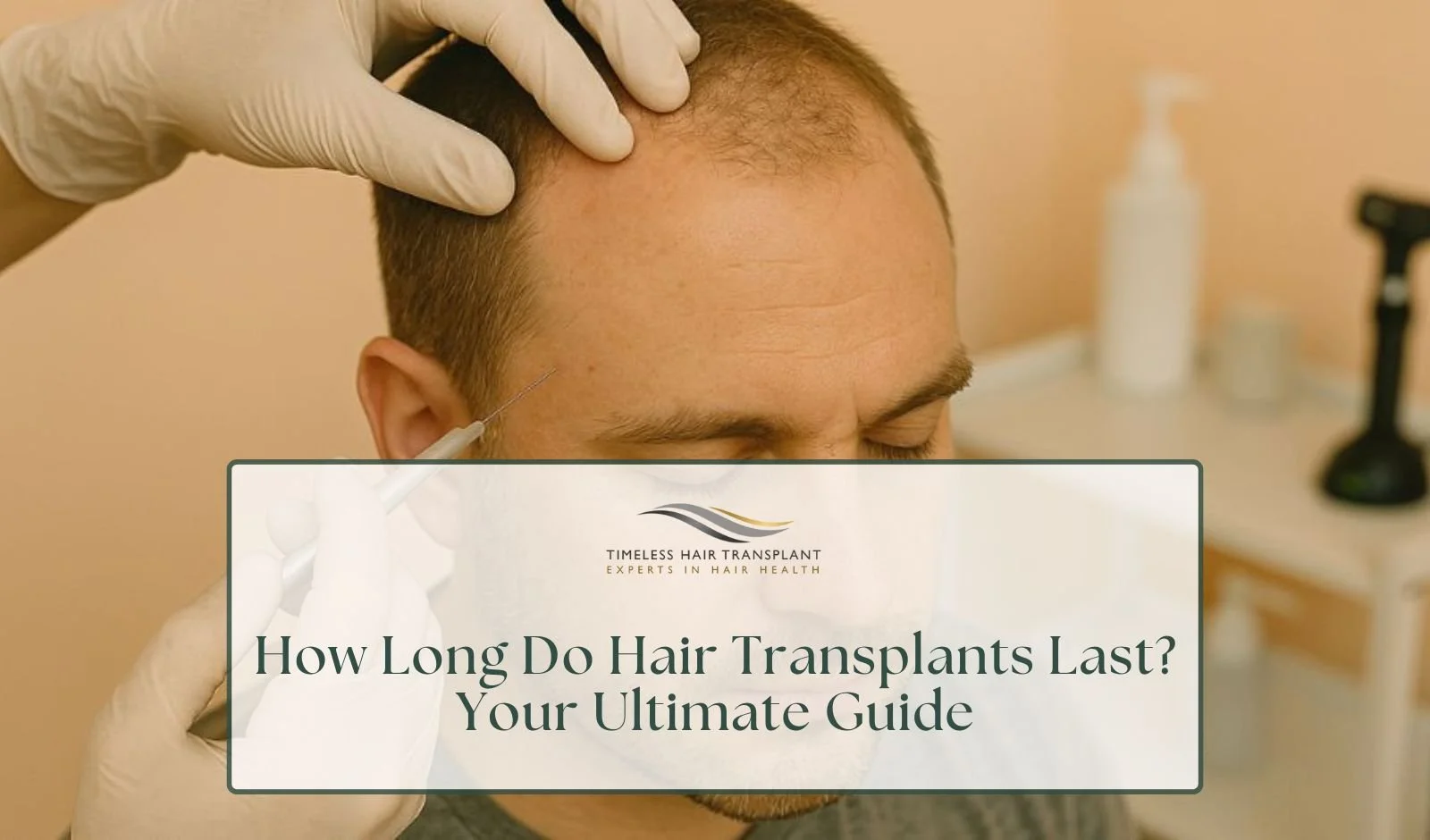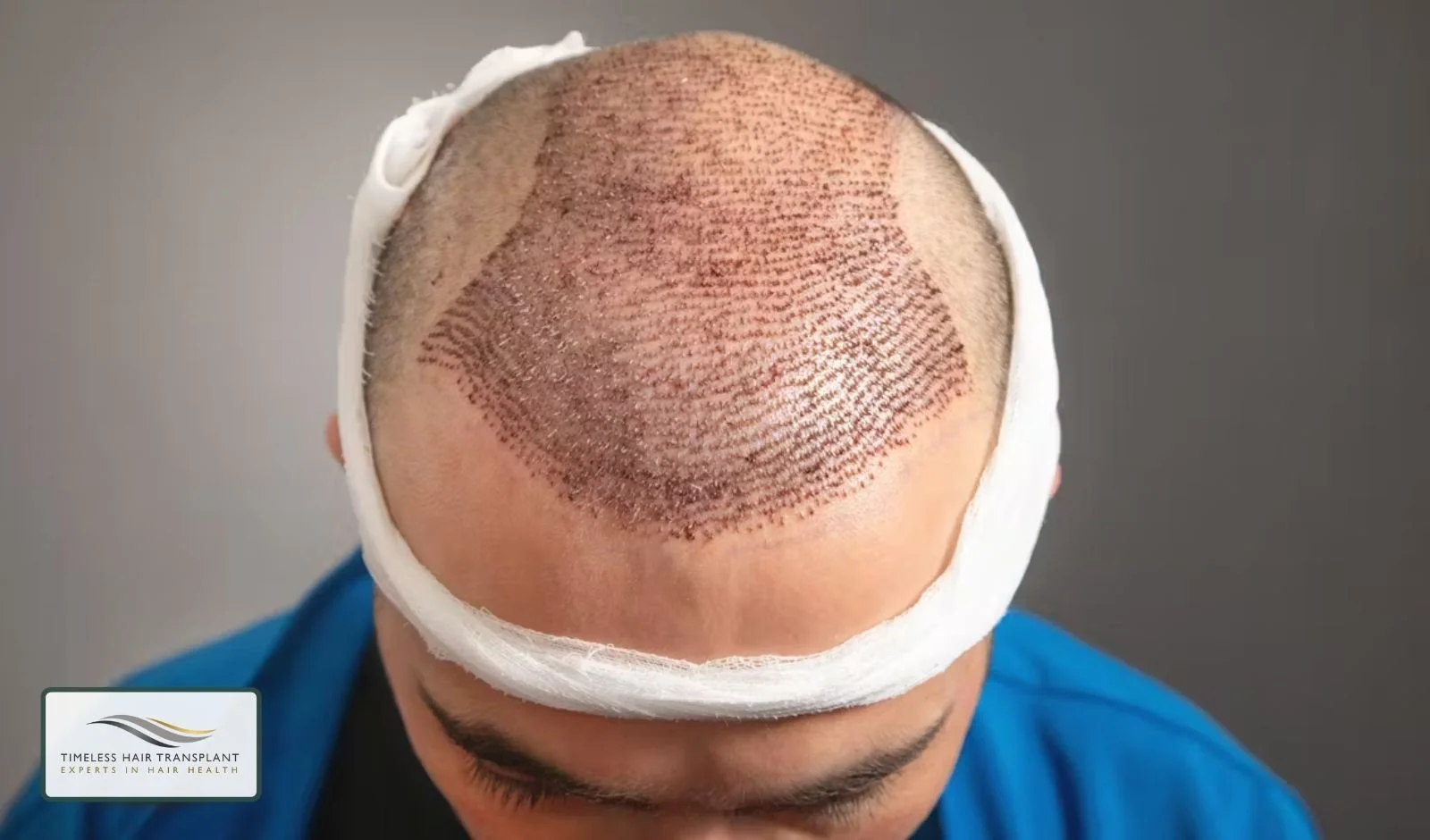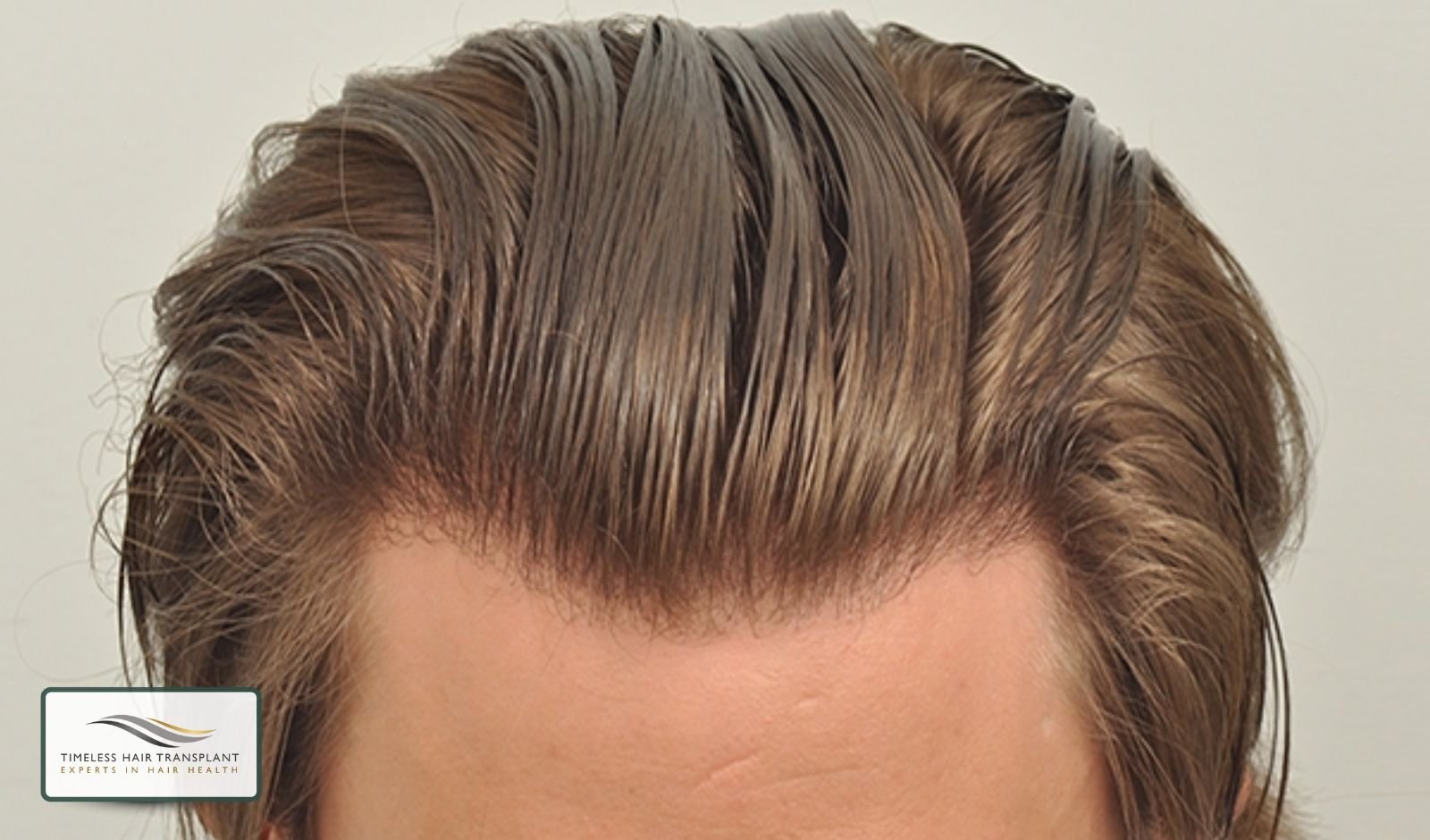How Long Do Hair Transplants Last? Your Ultimate Guide
Hair loss can be a significant challenge for many people, affecting not only the appearance but also the confidence and self-esteem. With the advancement of hair restoration techniques, a hair transplant has become one of the most popular and effective solutions.
But if you’re considering a hair transplant, a common question is: How long do hair transplants last? Will the transplanted hair stay permanently, or will it eventually fall out? In this guide, we will address these questions and more, helping you understand how long hair transplants typically last and the factors that influence their longevity.
What Is a Hair Transplant?
A hair transplant is a surgical procedure where hair follicles are taken from a donor area (typically the back or sides of the scalp, where hair is thicker and denser) and relocated to areas experiencing thinning or baldness. This procedure helps to restore natural hair growth in the affected areas. The two main types of hair transplants are Follicular Unit Excision (FUE) and Follicular Unit Transplantation (FUT).
FUE Hair Transplant: In this method, individual hair grafts are extracted from the donor area using a small punch tool, and then they are transplanted into the thinning areas. FUE is less invasive and leaves minimal scarring.
FUT Hair Transplant (Strip Harvesting): In FUT, a strip of skin from the donor area is removed, and the follicles are then dissected into smaller units (i.e., hair grafts), which are transplanted into the balding areas. While this method leaves a linear scar, it allows for the transplantation of a higher number of hair follicles in one session.
Both methods are highly effective, and the choice between FUE and FUT often depends on the patient's preferences, hair loss pattern, and the recommendation of the hair transplant surgeon.
Why Hair Transplant Surgery is the Ultimate Solution for Permanent Hair Restoration
If you're considering options to restore your hair, you might wonder whether hair transplant surgery is the right choice. The answer is simple: hair transplants work and provide lasting, natural results. During hair restoration surgery, healthy hair follicles are transferred from areas of your scalp that are genetically resistant to hair loss (the donor area) to areas experiencing thinning or balding.
What makes hair transplant permanent is the fact that once these transplanted hair follicles settle into their new location, they continue to grow just like the rest of your natural hair. Unlike temporary solutions or medications, a hair transplant addresses the root cause of hair loss and offers a permanent fix. With the right care and expertise from a skilled hair transplant surgeon, your hair restoration journey can lead to long-term success, with results that last for years to come.
How Long Do Hair Transplants Last?
One of the most common questions that individuals considering a hair transplant have is: How long do hair transplants last? While each person’s experience is unique, the results of a hair transplant are typically permanent. However, several factors can influence how long your hair transplant will last and how successful the procedure will be.
The Procedure Itself
Whether you choose FUE hair transplant or FUT, the newly transplanted hair follicles are taken from an area of your scalp that is genetically resistant to hair loss (the donor hair). These transplanted hair follicles will continue to grow hair in the new location. However, after the procedure, the newly transplanted hair will typically fall out within the first few weeks in a process known as “shock loss.” This is a normal and temporary occurrence. After this, the follicles start producing new hair, which is expected to last for many years, even a lifetime, in many cases.
Post-Surgery Care
Hair transplant aftercare is crucial to the success of your procedure. How well you care for your scalp post-surgery will directly impact how well your transplanted hair follicles take root and begin to grow. After the procedure, you’ll need to follow specific instructions, such as avoiding direct sun exposure, not touching or scratching the scalp, and using special shampoos designed for hair transplant patients. Following your surgeon’s aftercare instructions can help prevent complications and promote the healthy growth of your transplanted hair follicles.
Age and Health
Your age and overall health will also play a role in how long your hair transplant results will last. Generally, younger patients experience better hair growth compared to older patients. As people age, the existing hair on their scalp may continue to thin or fall out due to the natural progression of androgenetic alopecia (a genetic form of hair loss). Healthy individuals typically see better results than those with underlying health conditions, as the body’s ability to support the hair growth process is essential for long-term success. Keeping a healthy lifestyle is key to maximizing the results of your hair transplant.
Hair Loss Progression
While the transplanted hair follicles are permanent, they don’t stop the ongoing process of hair loss in the rest of your natural hair. Androgenetic alopecia will continue to affect your existing hair. The donor area, however, remains resistant to the effects of hair loss. As time passes, the hair surrounding the transplanted area may thin, which is why many patients choose to use additional hair loss treatments like finasteride or minoxidil to slow down the loss of their natural hair. These treatments help prevent further hair loss, maintain hair density, and ensure your results last longer.
Does a Hair Transplant Last Forever?
The simple answer to this question is yes, the results of a hair transplant are designed to be permanent. The transplanted hair follicles are genetically resistant to the effects of hair loss, so the hair that grows from them will continue to grow for many years. However, it’s important to manage expectations. While the transplanted hair itself is permanent, you cannot prevent the natural progression of hair thinning or loss in other areas of your scalp. As you age, surrounding hair may continue to thin or fall out, requiring additional treatments or maintenance.
What Happens After a Hair Transplant?
After the hair transplant procedure, the transplanted hair follicles will initially shed, which is completely normal and known as shock loss. Within the next few months, the hair follicles will begin to grow new hair. Full hair transplant results are typically visible within 12 to 18 months, with some patients noticing continued growth after this period. During this time, it's essential to practice good aftercare and follow up with your surgeon for check-ups to ensure the best possible results.
Tips for Maintaining Long-Term Results
If you want to ensure that your hair transplant lasts as long as possible, here are a few tips to help you maintain healthy, permanent results:
Follow Aftercare Instructions: The most crucial step in maintaining hair transplant results is following the aftercare instructions provided by your hair transplant surgeon. This includes protecting your scalp, avoiding physical trauma, and taking the recommended medications.
Consider Hair Maintenance Treatments: Even though transplanted hair is permanent, your existing hair may continue to thin due to aging or androgenetic alopecia. Using hair growth treatments like minoxidil or finasteride can help prevent further hair loss and maintain the thickness of your natural hair.
Maintain a Healthy Lifestyle: Eating a balanced diet, exercising regularly, and staying hydrated can promote overall hair health. Nutritional deficiencies can affect the quality and growth of both existing hair and transplanted hair, so it’s important to prioritize your overall well-being.
Regular Check-Ups: Staying in touch with your hair transplant surgeon for follow-up consultations ensures that your hair transplant is progressing well. Your surgeon can provide additional treatments or advice on maintaining healthy hair growth.
Why Choose Timeless Hair Transplant?
Choosing the right clinic is just as important as choosing the right time for your procedure. At Timeless Hair Transplant, we combine advanced methods like FUE (Follicular Unit Extraction) and FUT (Follicular Unit Transplantation) with years of surgical expertise to deliver natural, lasting results.
What sets us apart is our commitment to patient care at every stage, from your first consultation to aftercare support. We offer transparent pricing with no hidden fees, personalised treatment plans tailored to your goals, and a reputation for results that look and feel completely natural.
Hair restoration is more than just a procedure, it’s a personal journey. That’s why patients trust Dr. Luciano Sciacca and our dedicated team to provide the skill, care, and support needed to restore not only their hair, but also their confidence.
Call +44 (0) 7516294471 today to book your free consultation and take the first step toward natural, long-lasting hair restoration with Timeless.





